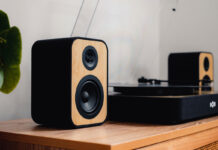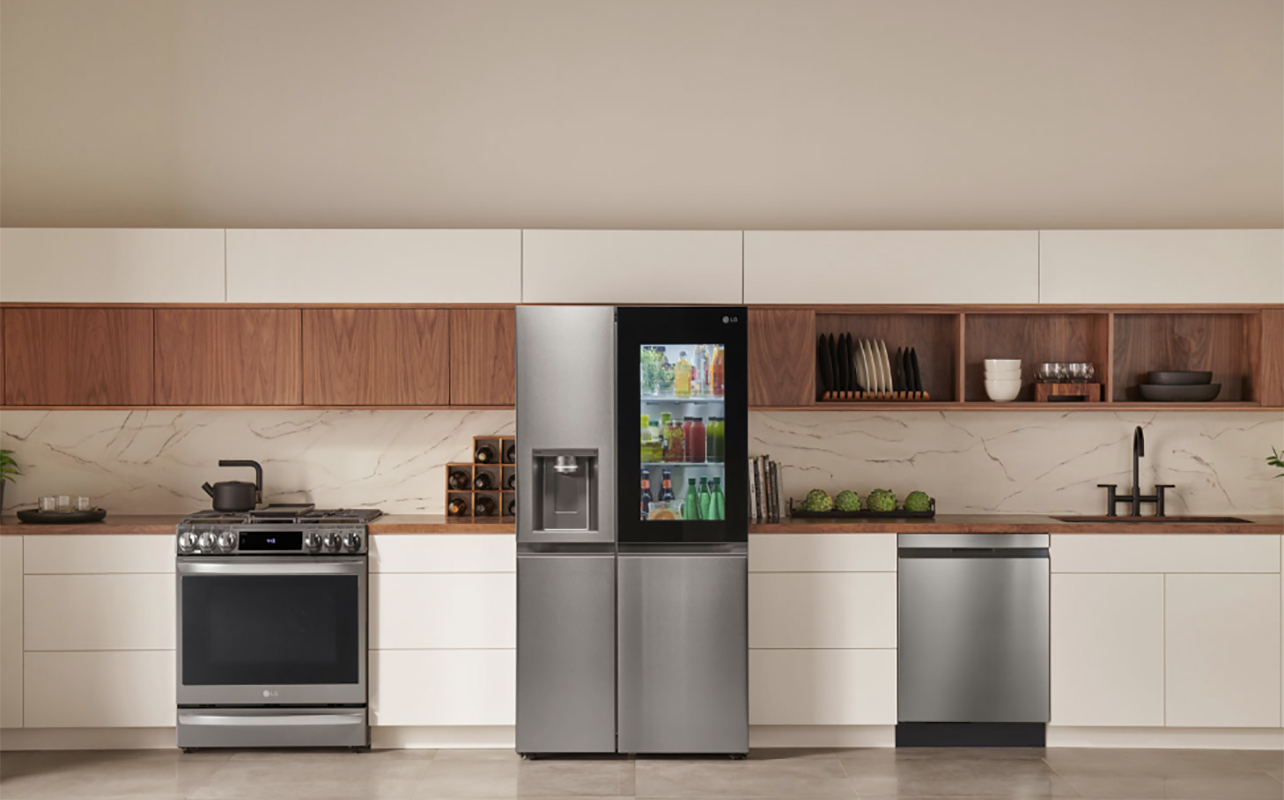
Nothing is more frustrating than discovering your fridge isn’t cooling. Whether it’s a warm fridge or a freezer that’s no longer freezing, the consequences can be costly. Food spoils faster, and the risk of losing groceries increases. Plus, you need to find a place to keep everything sufficiently cool when you diagnose the issue. So, when your fridge stops cooling, acting fast is crucial to avoid more serious issues. Luckily, many cooling problems can be fixed without calling a professional. In this guide, we’ll walk you through some quick DIY checks and give you a step-by-step troubleshooting guide to help you resolve cooling issues. And, of course, we’ll let you know when it’s time to call for expert help.
If your fridge is beyond repair or simply not worth the investment anymore, you might want to consider a replacement. You can browse through a variety of refrigerators available at Best Buy if you’re in need of a replacement, or if you just think it’s time for an upgrade.
Understanding refrigerator cooling systems
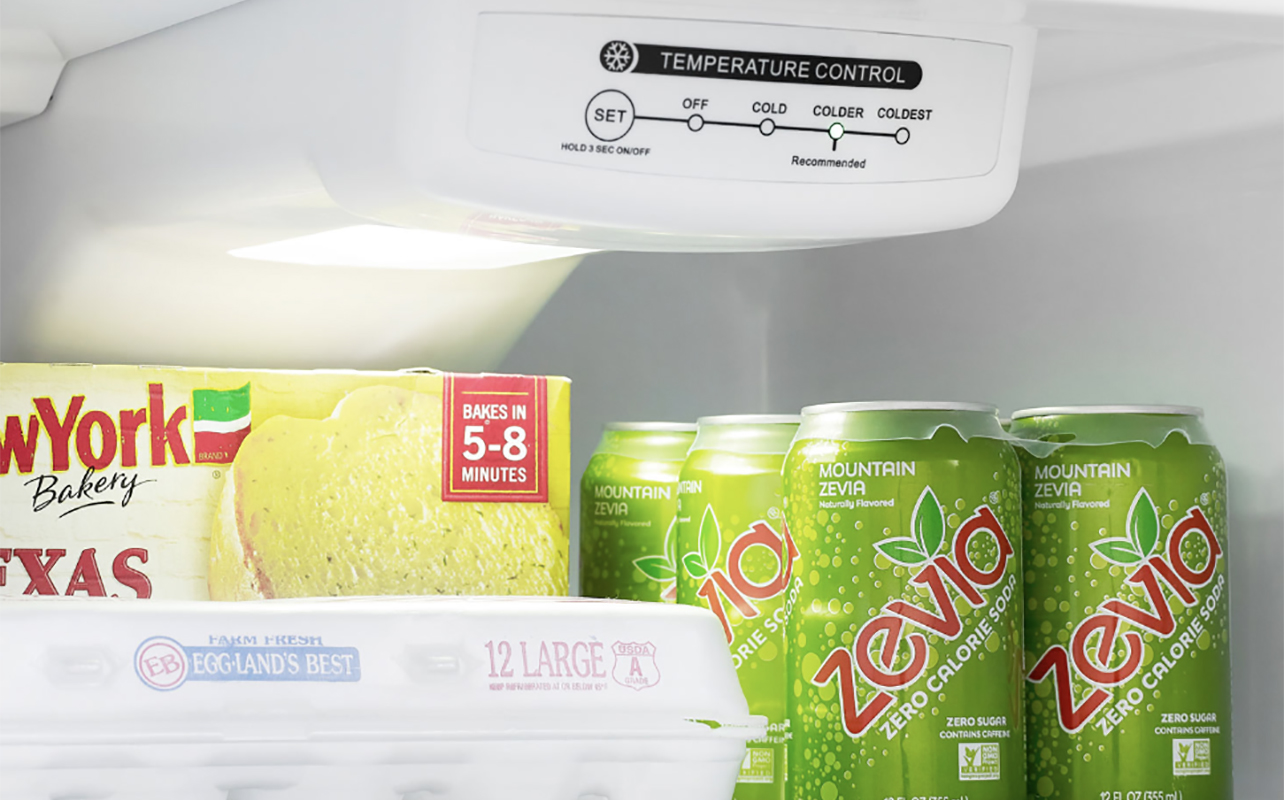
Before diving into the troubleshooting steps, let’s briefly look at how your fridge works. The cooling system inside your refrigerator relies on several key components to keep things cold: the compressor, condenser coils, evaporator coils, and fan systems.
- Compressor: This is the heart of your fridge’s cooling system. It pressurizes and circulates refrigerant, a substance that absorbs heat. This, in turn, causes the cooling effect inside.
- Condenser coils: These are located on the back or underside of your fridge. As refrigerant passes through them, it releases heat, cooling down before returning to the evaporator coils.
- Evaporator coils: These coils are inside your fridge and freezer. As the refrigerant evaporates here, it absorbs heat from inside the appliance, making the interior cold.
- Fans: The evaporator fan circulates cool air inside the fridge, while the condenser fan helps cool the refrigerant.
Common signs that your fridge is not cooling include warm temperatures inside, spoiled food, or odd noises coming from the appliance. Now that we have an understanding of the system, let’s look at some common causes of cooling issues.
Common causes of cooling issues
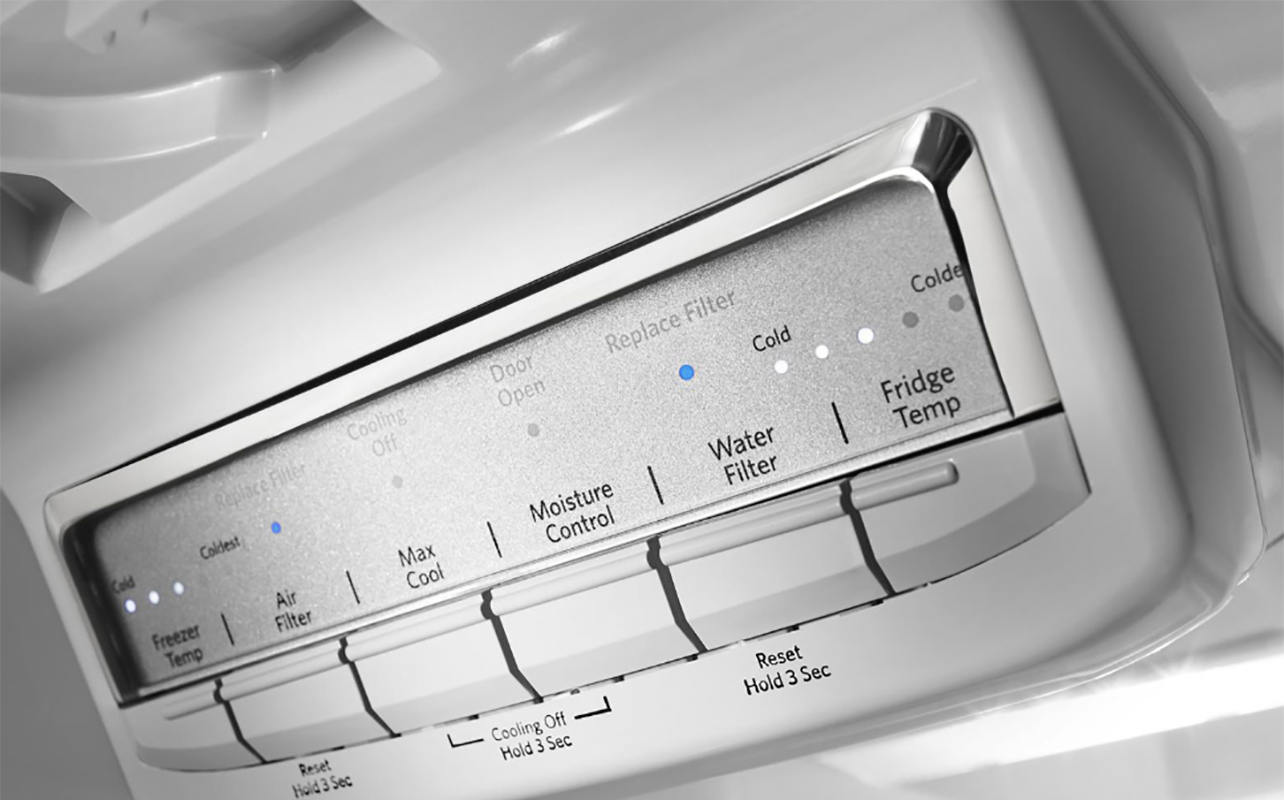
There are several reasons why your fridge might not be cooling properly. Here are some of the most common culprits:
Incorrect temperature settings
It’s easy to accidentally adjust the temperature settings, especially if you’ve recently cleaned or reorganized your fridge. Sometimes, the temperature dial or digital settings might be turned too high or too low, preventing the fridge from cooling properly. A faulty thermostat can also cause the temperature to fluctuate. Always double-check that the temperature is set correctly for both the fridge (ideally between 3°C and 5°C) and the freezer (around -18°C).
Dirty condenser coils
Condenser coils play a vital role in your fridge’s cooling process. Over time, dust and debris can accumulate on these coils, reducing their efficiency. This can cause the fridge to work harder to maintain the proper temperature, resulting in a fridge that’s not cooling effectively. If the coils are dirty, the heat dissipation process is hindered, and the overall cooling performance suffers.
Blocked air vents
Your fridge relies on air vents to circulate cold air throughout the interior. If these vents are blocked by food items, containers, or even ice buildup, airflow can be restricted, causing uneven cooling. It’s important to keep the air vents clear to maintain efficient cooling.
Faulty door seals (gaskets)
If the door seals (or gaskets) are damaged, cracked, or dirty, warm air can seep into the fridge, which disrupts the cooling process. This can result in a fridge that isn’t getting cold enough. Properly sealing doors is crucial to maintaining the right internal temperature. Many fridges, thankfully, have sensors to alert you if the door is left open.
Malfunctioning evaporator fan
The evaporator fan circulates cold air throughout the fridge and freezer. If this fan stops working, cold air won’t be distributed, and you may notice that your fridge is no longer cooling properly. A malfunctioning fan could be caused by a faulty motor or a buildup of ice around the fan.
Defective compressor
The compressor is essential for the refrigeration cycle. If the compressor is faulty, the entire cooling system can break down. Unfortunately, diagnosing compressor issues can be tricky, and repairs can be costly. A defective compressor is a serious problem that often requires professional assistance.
Insufficient refrigerant levels
If your fridge is low on refrigerant due to a leak or other issue, it won’t be able to absorb and expel heat properly. Refrigerant issues are typically complex and require professional repairs.
Step-by-step troubleshooting guide
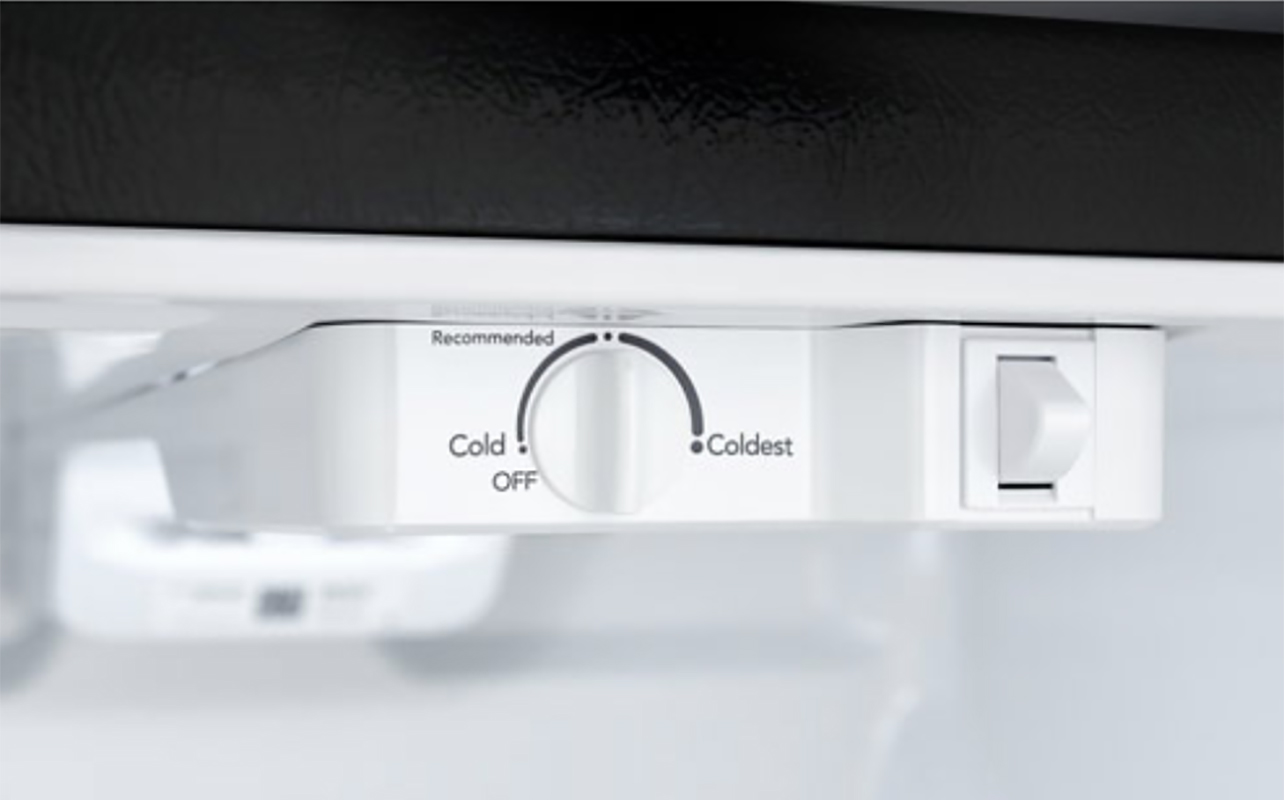
If your fridge stopped cooling, it’s time to troubleshoot.
Safety precautions
Before attempting any repairs, always unplug the fridge to avoid electric shock or injury. If you’re unsure about any of the steps or if something seems complicated, don’t hesitate to call a professional.
Verify temperature settings
Start by checking the temperature settings on your fridge. You might have accidentally turned it up or down, which could be causing cooling issues. As noted, the fridge temperature should be between 3°C and 5°C, and the freezer should be set to about -18°C. If the fridge still isn’t cooling, it might be worth testing the thermostat for faults.
Clean the condenser coils
Dirty condenser coils are one of the most common reasons for cooling problems. To clean them, unplug your fridge and locate the coils (typically at the back or bottom of the unit). Use a vacuum or a coil brush to remove dust and debris. Cleaning the coils can significantly improve cooling efficiency.
Ensure proper airflow
If your fridge is overstuffed or if food is blocking the air vents, it will reduce airflow and prevent proper cooling. Rearrange your items to allow air to circulate freely. Check that the vents inside the fridge are unobstructed and not blocked by food or ice buildup. If you find that you’re buying more frozen items in bulk to save money, you can prevent this over-stuffing issue by considering investing in a chest freezer to use separately. This will free up room in your refrigerator freezer and help prevent airflow issues.
Inspect and replace door seals
Inspect the door seals for any visible signs of wear or damage. If you see cracks, tears, or buildup of dirt and grime, clean or replace the seals. To test if the seals are working, place a piece of paper between the door and the fridge and close it. If you can easily pull the paper out, the seal isn’t tight enough.
Test the evaporator fan
The evaporator fan is responsible for circulating cold air throughout the fridge. Listen carefully when the fridge is running—if you don’t hear the fan, it may be broken or obstructed. If the fan is frozen over, defrost the area. If you suspect the fan motor is faulty, you may need to replace it. It’s worth noting that part of the process of cleaning your fridge is running a defrost cycle at least once a year.
Assess the compressor
If you hear strange noises from the compressor or if it’s overheating, it may be faulty. Unfortunately, compressor problems are often beyond DIY fixes and may require professional repair or replacement.
Preventive maintenance tips
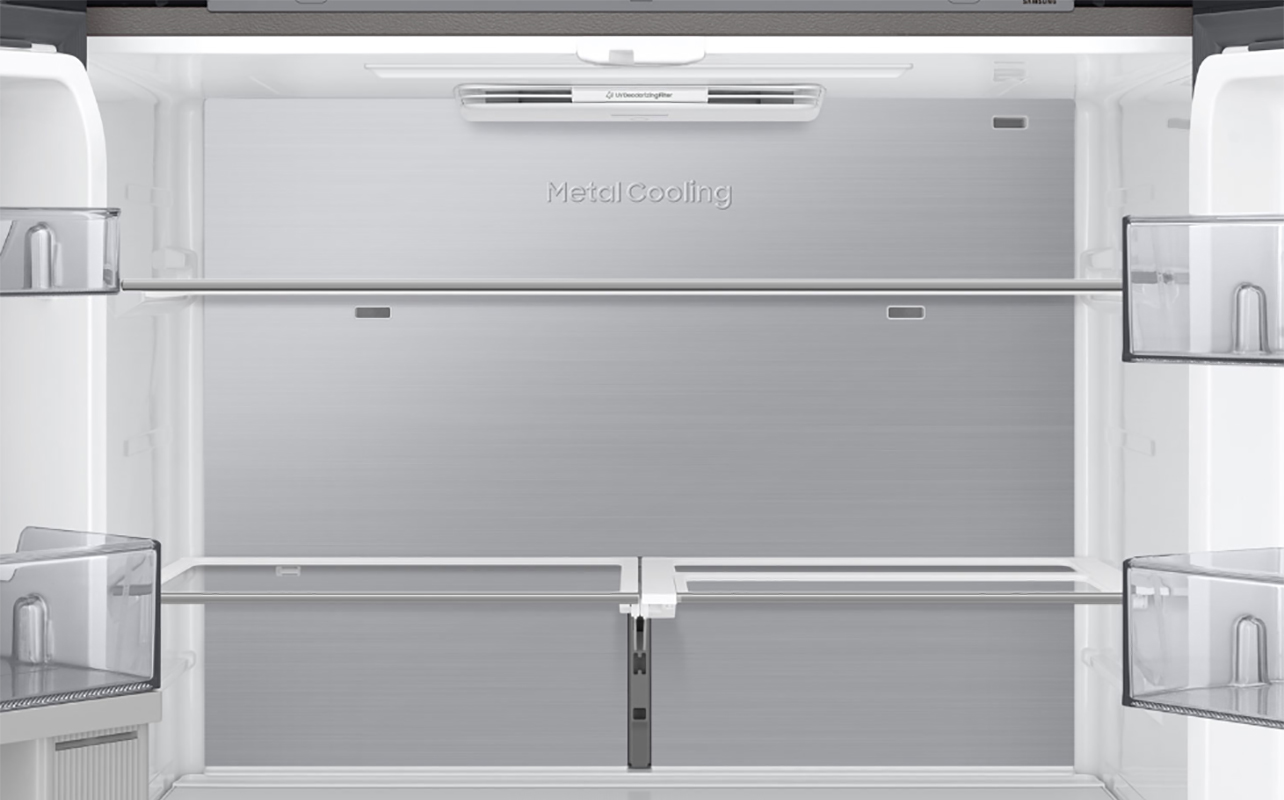
Once your fridge is working again, it’s a good idea to take steps to keep it running smoothly in the long term.
- Regular cleaning: Clean the condenser coils every six months to keep the system running efficiently. Wipe down door seals regularly to prevent buildup and wear.
- Organize the fridge: Avoid over-stuffing your fridge, as this can obstruct airflow. Keep items neatly arranged so air can circulate freely.
- Check for leaks: Keep an eye out for signs of refrigerant leaks. If you suspect a leak, don’t attempt to fix it yourself—contact a professional.
When to seek professional help
While many cooling issues can be resolved with a bit of DIY effort, there are times when you’ll need to call a professional. If your fridge is still not cooling after troubleshooting, or if you suspect a problem with the compressor, refrigerant, or other complex components, it’s time to seek expert help. A certified technician can diagnose the issue accurately and prevent further damage to your appliance.
When to upgrade your refrigerator
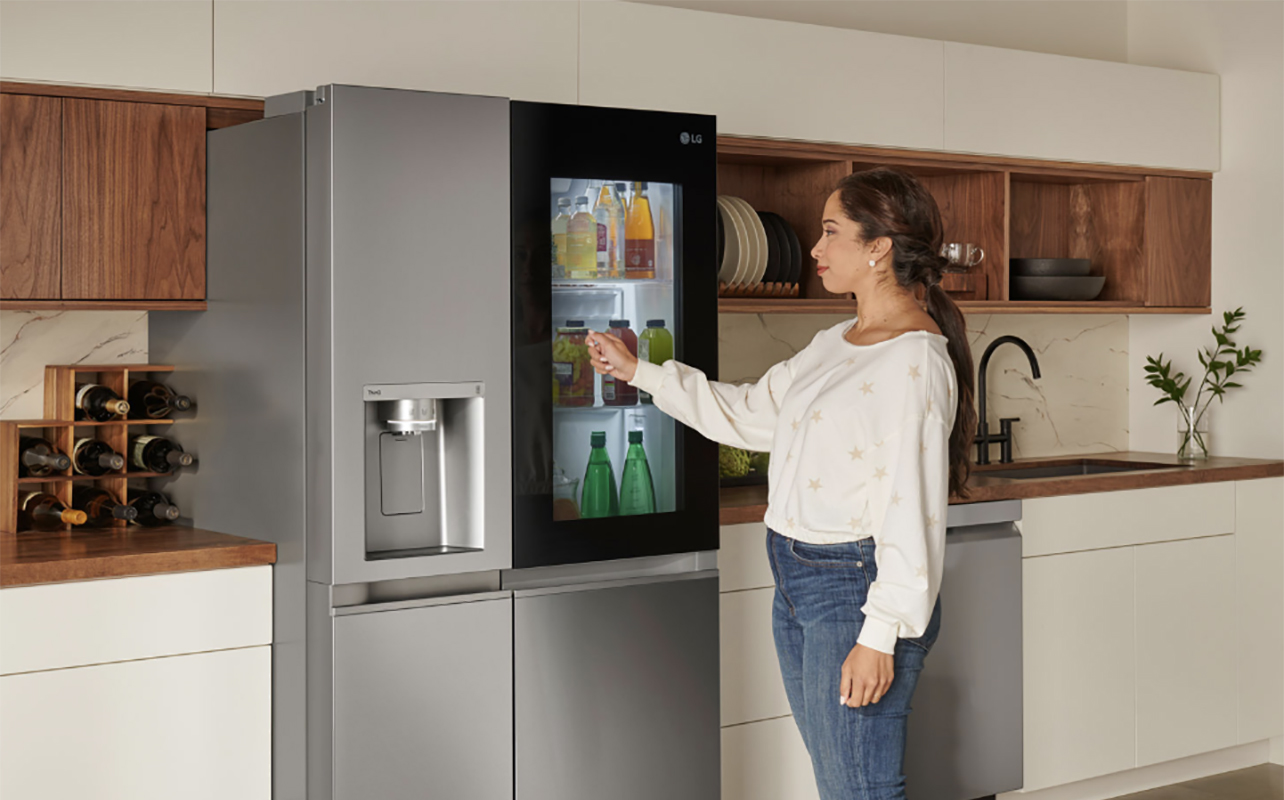
Even after thoroughly troubleshooting common issues with your refrigerator, like if it’s failing to cool properly, there comes a time when a fridge simply can’t keep up. If your fridge is older (over 10-15 years) or if you’ve experienced frequent breakdowns, it might be time to consider an upgrade. Signs that it’s time for a new fridge include:
- Frequent breakdowns or costly repairs
- Inefficient cooling despite troubleshooting
- Excessive noise
- Rising energy bills
- Outdated features or technology
Consider upgrading to a more energy-efficient model to save on electricity and avoid ongoing repair costs. If you’re unsure about which size and model would be best for your kitchen, make sure to check out some helpful refrigerator measuring tips.
Wrapping up: keeping your fridge cool
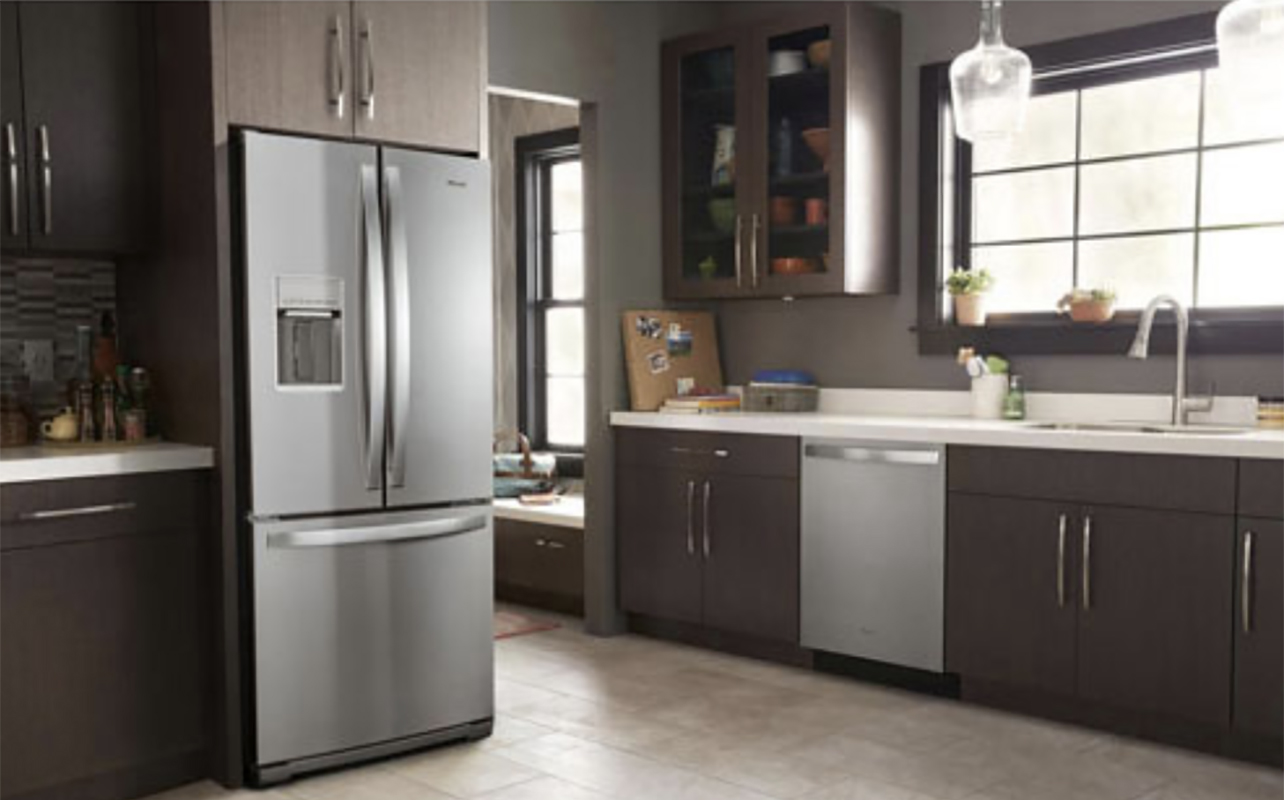
When your fridge is not cooling, the situation can quickly escalate into a frustrating and costly problem. However, by following the troubleshooting steps outlined in this guide, you can resolve many common issues on your own. From checking the temperature settings to cleaning condenser coils, there are plenty of DIY solutions available. Just remember to call a professional if the problem persists or involves complex components like the compressor. Regular maintenance is key to keeping your fridge in good working condition, so don’t forget to clean and check your fridge periodically.
Need a new fridge? Check out our Refrigerator Buying Guide then browse through a selection of refrigerators at Best Buy.




